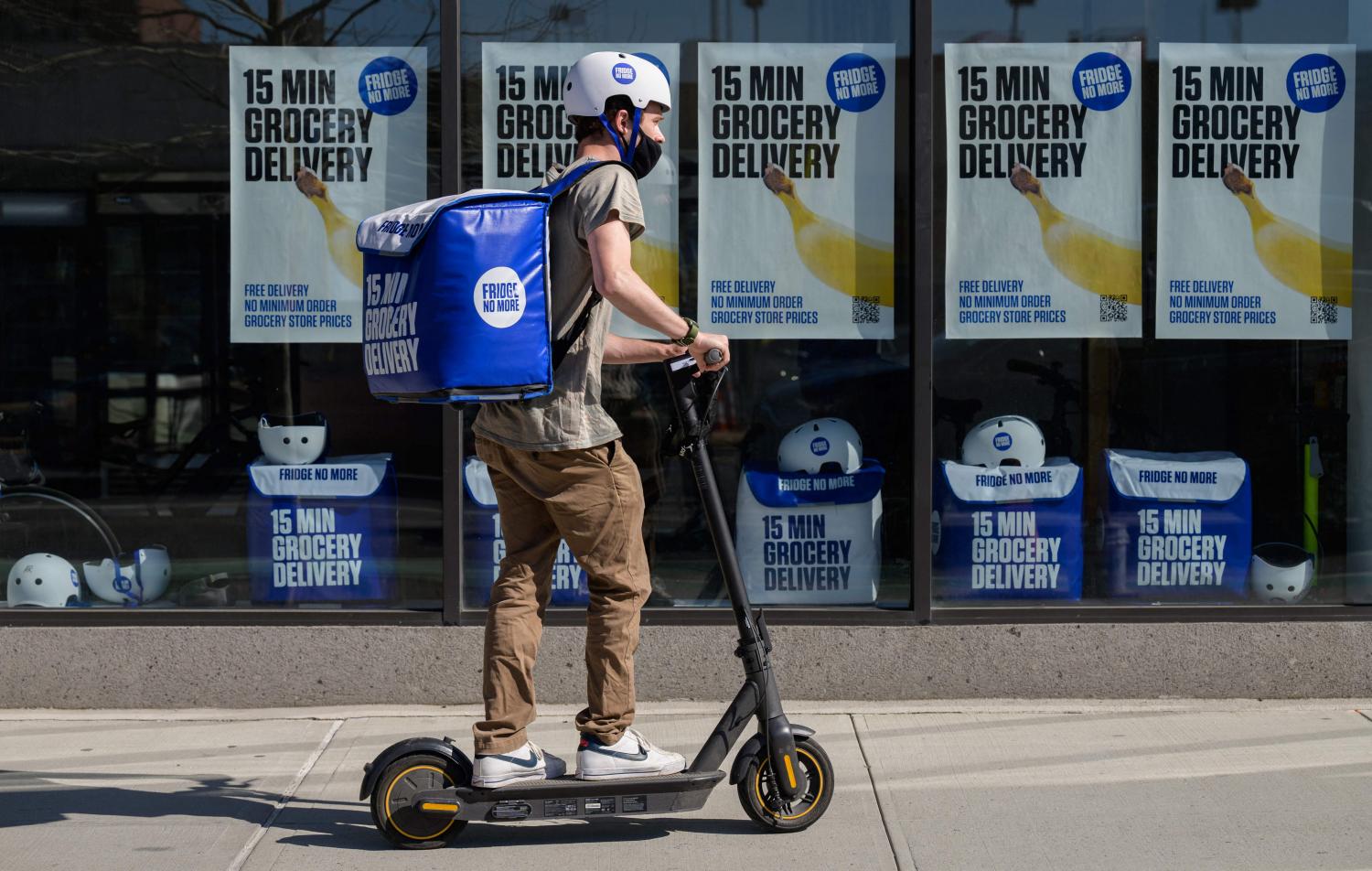
The end of the office, the end of the university campus, the death of the city. The past months of pandemic doom and gloom have witnessed many dire predictions. A common theme has been that our new-found, battle-hardened ability to live and work remotely will render physical space obsolete. Yet, after countless lockdowns, quarantines and Zoom sessions, I would put forward an opposite proposition: embracing and reimagining the space of our cities will soon be more powerful -- and more necessary -- than ever before.
To explain why this is the case we must consider the social dynamics of in-person interaction, ones that we took for granted until a year ago, in comparison to their virtual alternatives. In a seminal 1973 paper, American sociologist Mark Granovetter divided our social networks into two types: the "weak ties" between casual acquaintances and the "strong ties" between close family and friends, who are also friends with each other.
Although our strong ties are critical to our well-being, weak ties expose us to a wider world of people and ideas. They challenge our preconceptions and foster our creativity. Conversely, the reliance on strong ties alone makes us drift further away from understanding one another, threatening the health of our societies with polarisation. Not surprisingly, the past year has been marked by civic deterioration on the internet -- especially fake news around the American election -- where different opinions (or the facts themselves) can be ignored by non-communicating social groups.
At MIT, we have been analysing the contents of the Institute's email servers to measure how the abrupt closure of our campus changed our distributions of strong and weak ties. The results confirmed what many are reporting anecdotally: in the virtual world, our opportunities to meet and maintain weak ties fade away. We live in increasingly airtight echo chambers, consigned to tight networks of our strongest ties.
Physical space is an antidote to such digital ills; it is the space of inevitability, where we have no choice but to encounter and contend with one another. There, we cannot filter out diversity and retreat in the reassuring comfort of assortativity, ie the attachment to others who are similar to us.
Yet, when we return to the physical world, we might need to reshape it for the better.
Consider the office, where a measurable "cafeteria effect" encourages innovation and camaraderie among physically adjacent co-workers, but long commutes devastate both the environment and individual quality of life. We can retain some amount of remote working, and we can improve the experience of in-person employees by designing more flexible floor plans that encourage social interaction. A new choreography of office life might allow us to foster weak ties on a more limited time base.
Stepping out of the workplace and on to the city street, we must revitalise les rez-de-chaussées (ground floors) whose traditional occupants -- restaurants and retail shops -- have been uprooted by e-commerce and obliterated by the pandemic. To preserve the social dynamism of our streets, it is time to consider a wider range of tenants: co-working spaces, fab-labs, non-profits, youth entrepreneurship hubs and other centres. These transformational experiments require nimble hands, so on an administrative level we need the agility of local control, public-private partnerships, and digital tools -- from sensors to social media platforms -- that can help citizens influence the process.
Finally, we might focus on public space, the power of which cannot be understated. Recent protests in Hong Kong, New Delhi, Minneapolis and Moscow remind us that we must defeat segregation, authoritarianism and inequity in all its forms before they can live up to their potential. To ensure what French sociologist Henri Lefebvre called the "right to the city", we must start by setting the city right.
A post-pandemic world might then start from the redesign of our cities and their physical assets. One hundred years ago, after the devastation of World War I and the Spanish flu pandemic, pent-up demand for sociability burst into a decade of "Années Folles", marked by urban and social richness. Instead of the death of physical interactions, we may be on better ground to predict another joyous return -- and to envision even more. May the 2020s be Années Folles et Justes -- an era in which cities will help us make the most of one another.
Carlo Ratti teaches at the Massachusetts Institute of Technology, where he directs the Senseable City Lab, and is a co-founder of the international design office CRA-Carlo Ratti Associati. He co-chairs the World Economic Forum Global Future Council on Cities.